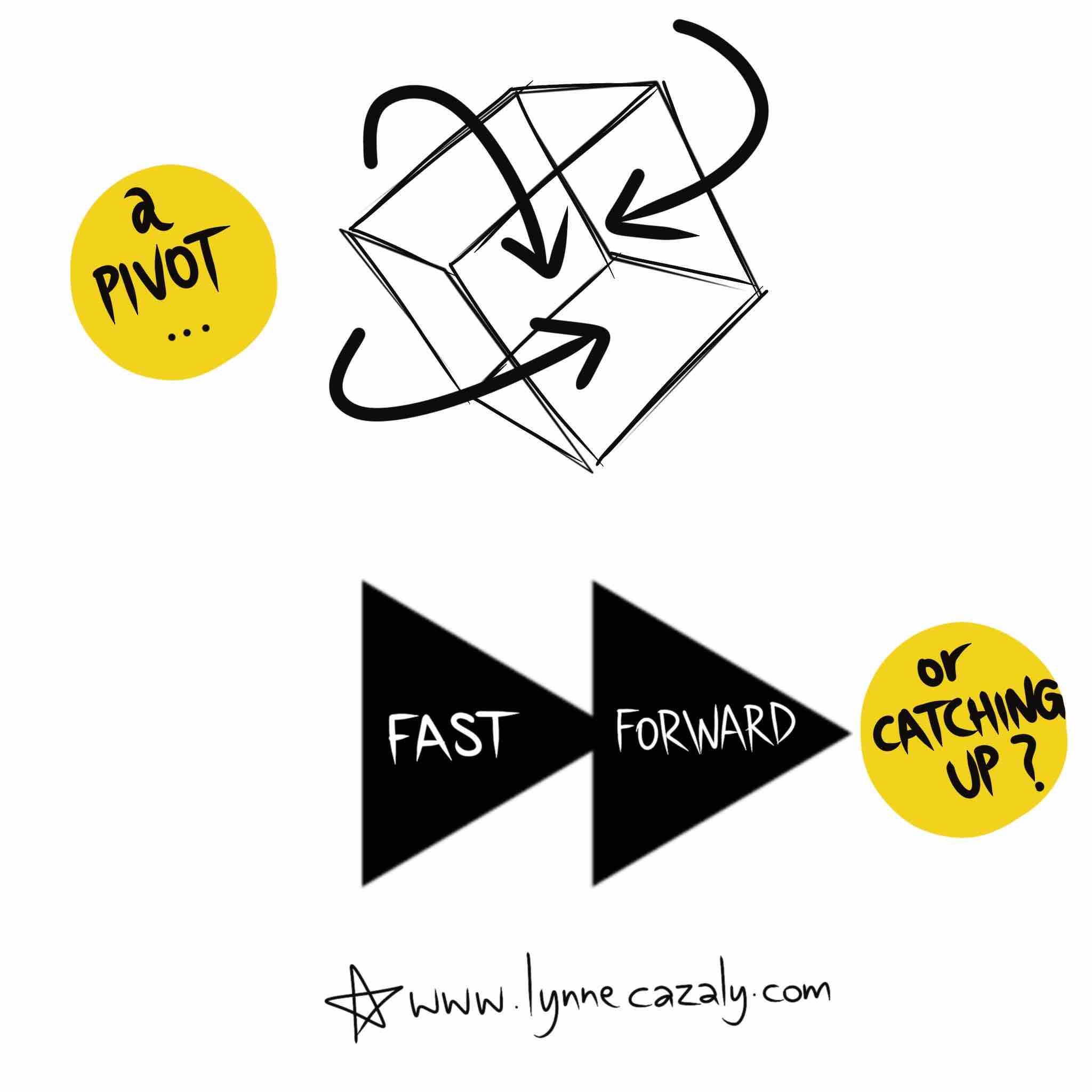Consuming or distilling
 Thursday, June 4, 2020 at 10:13AM
Thursday, June 4, 2020 at 10:13AM 
As we start a day fresh with optimism of what could be, we also start with fresh capacity to take in information.
But then it comes, the stream of content, questions, information, presentation, reading, listening.
So. Much. Information.
We do expect a lot from this wonderful mind of ours!
With so much information to take in, as we consume it ... do we also distill it?
Consuming information is a bottomless pit; there is always more we could attempt to take in.
So how do we distill? Or do we even?
To distill is to refine and purify.
Water. Fuels. Alcohols. Gases. Oils. Essences. Many vital products are achieved via distillation.
Taking out some bits and keeping them. Discarding or using other bits in other ways.
What’s our distillery for all of the information?
How do we refine what we’re hearing, learning, taking in?
We need to get the essence of each meeting, conversation and dump of information. To take control and avoid being swamped or overwhelmed.
When we distill, it’s easier to share and consume.
And for others to distill.
And this is the process.
Just a sip.




















